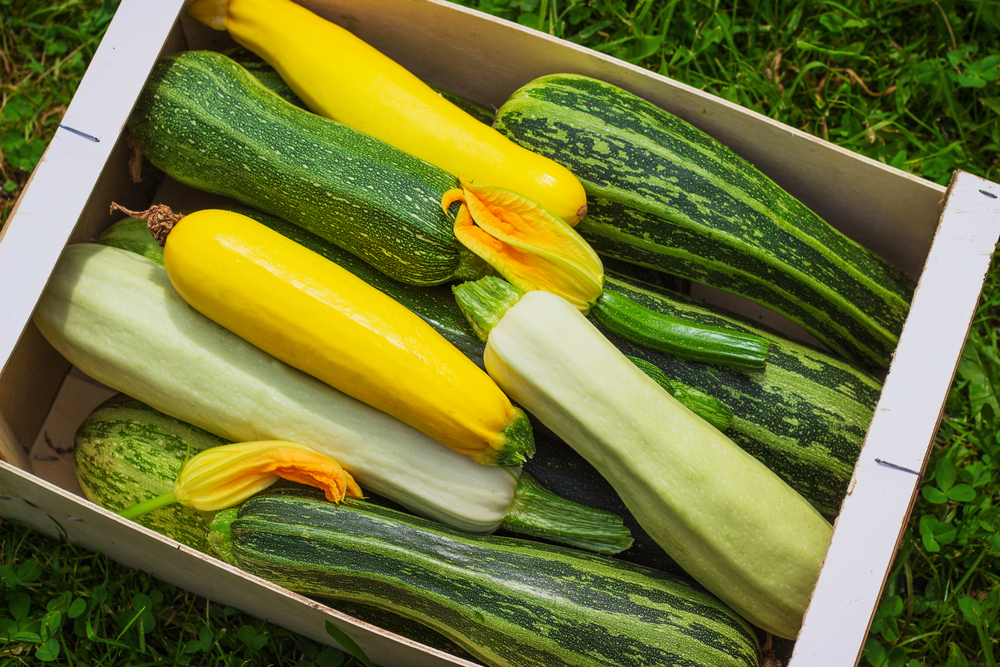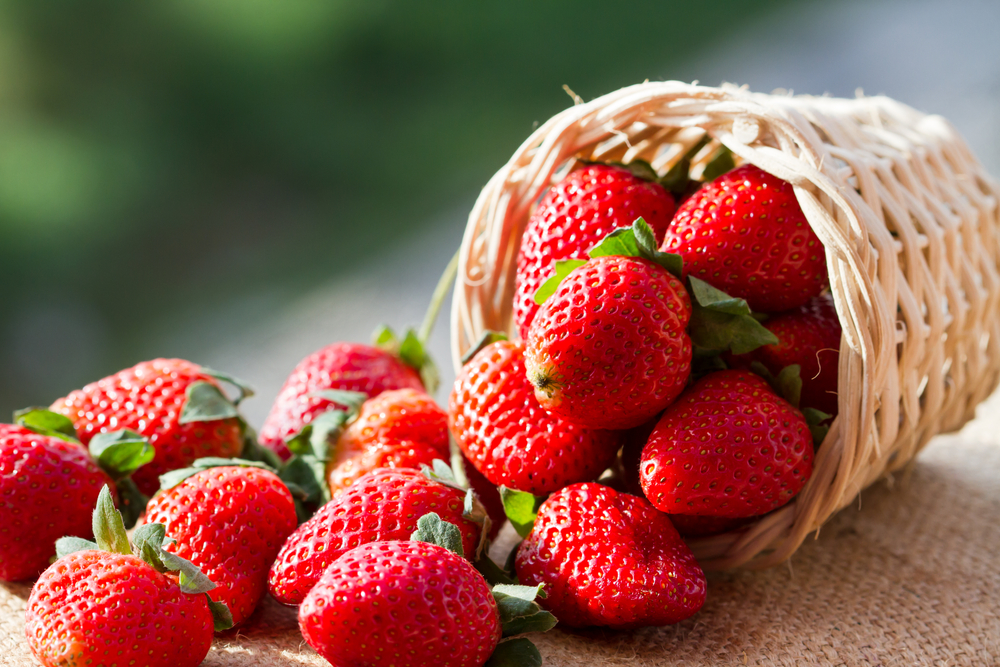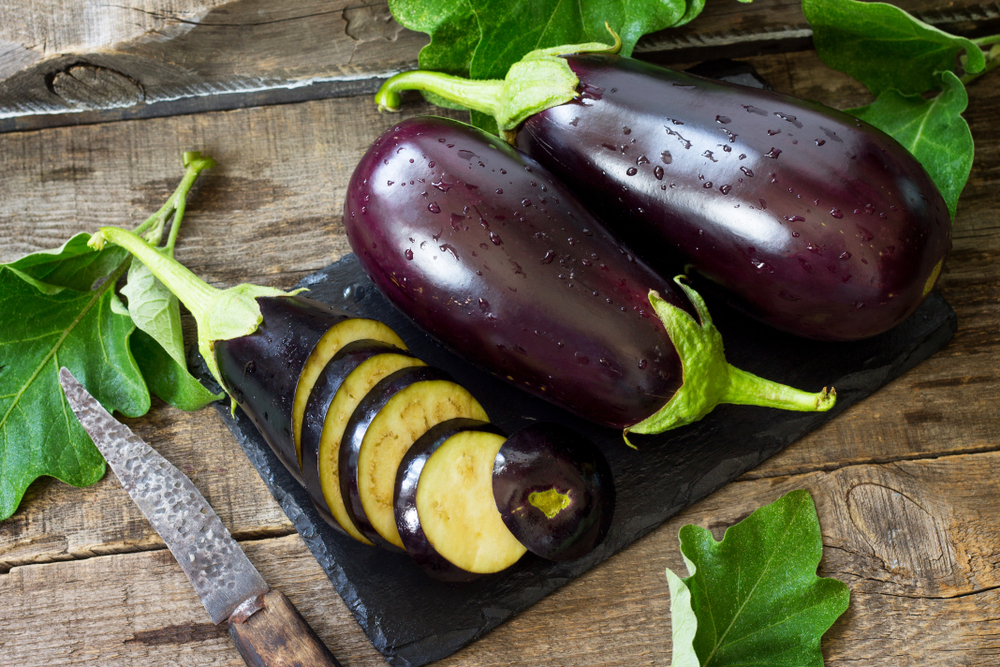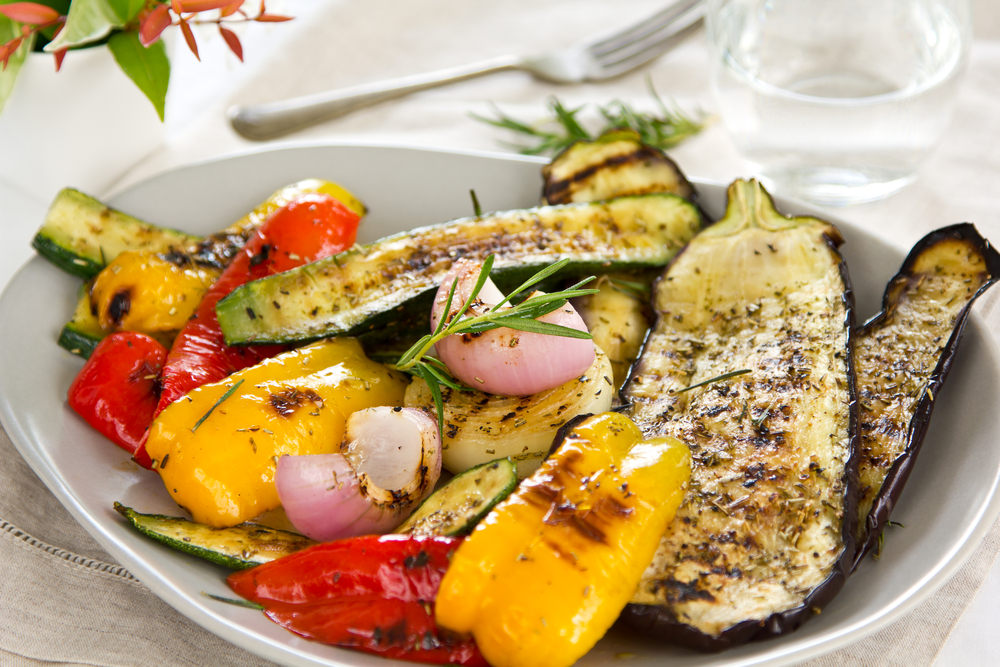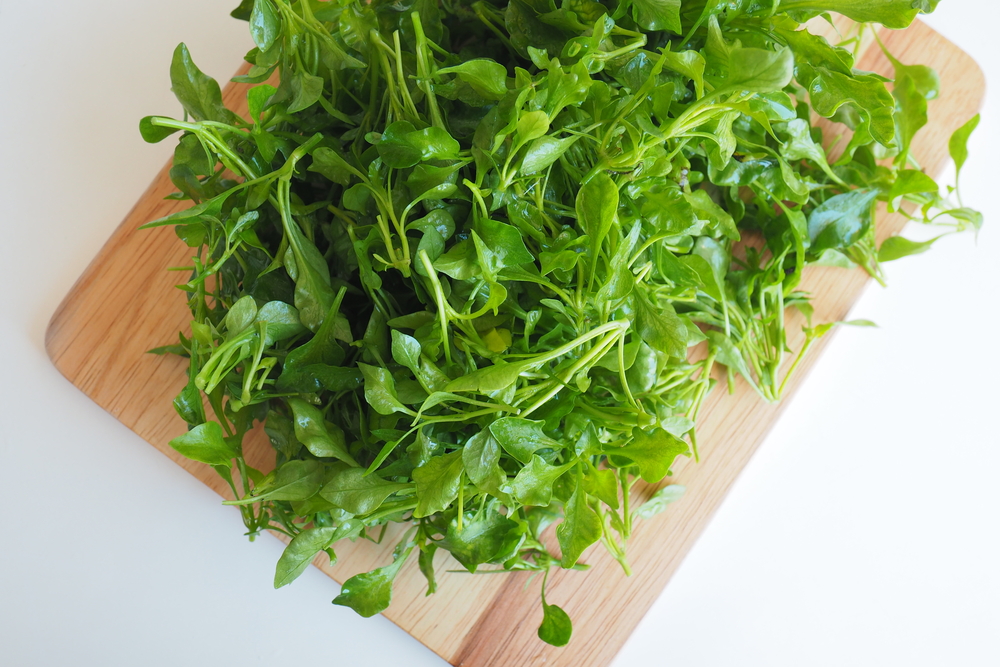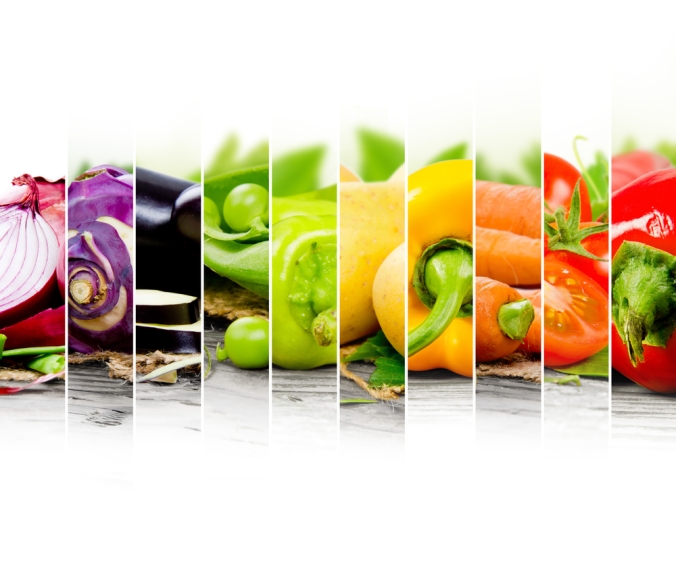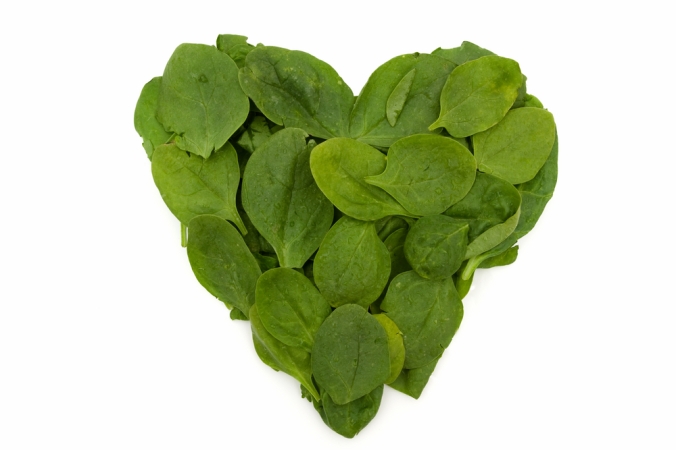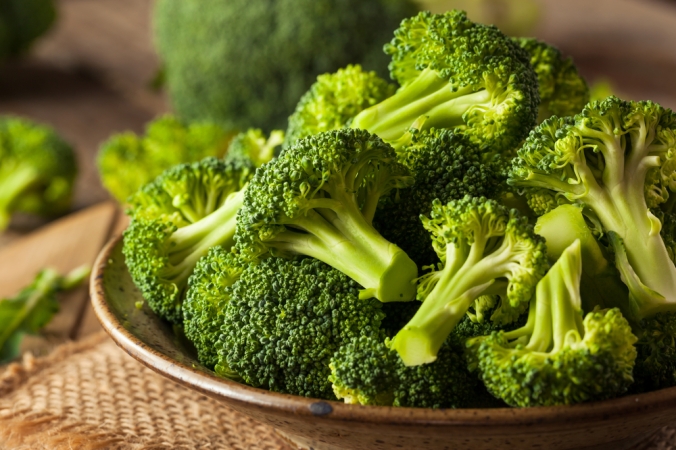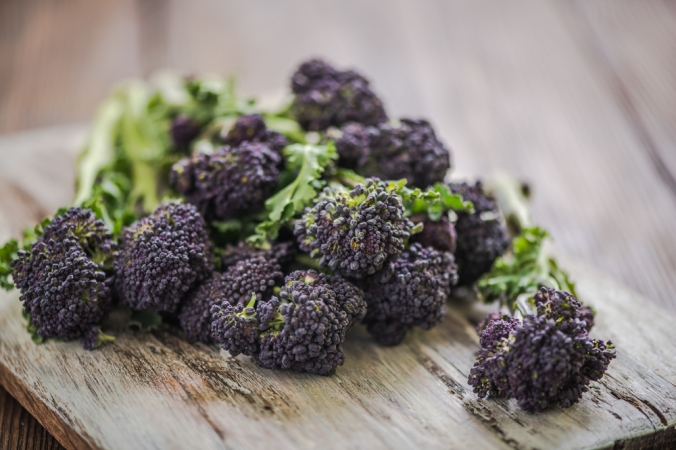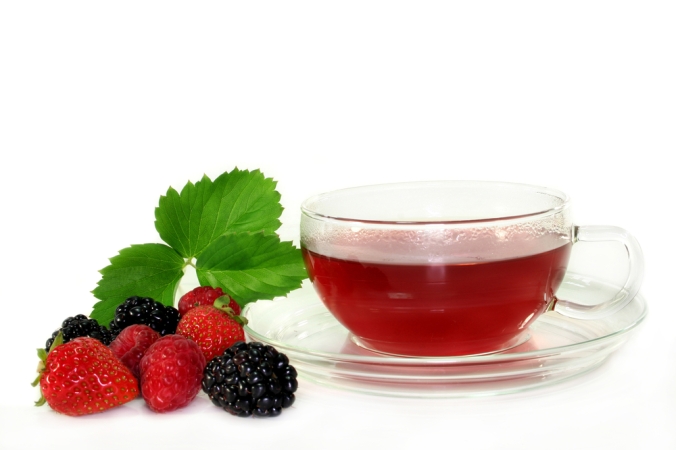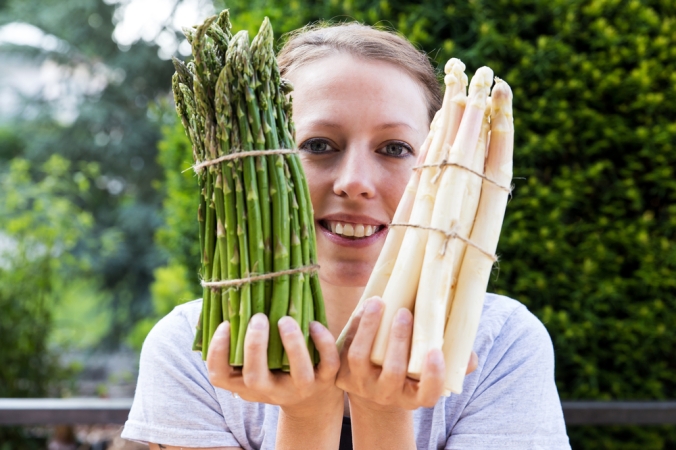
Asparagus which is currently in season is such a versatile vegetable: do you boil them, roast them, or steam them? The truth is that you can do all three for delicious results. Firstly, however, let’s explore their amazing health benefits, of which there are many.
Clinical Nutritionist Suzie Sawyer shares the nutritional benefits of asparagus.

Asparagus provides prebiotics

Prebiotics are food for the gut. Just like us, the good bacteria inside our gut, also known as probiotics, need to be fed. Asparagus contains inulin, a type of insoluble fibre that is not broken down in the first part of digestion but reaches the large intestine where it’s able to work its magic. This fibre is a prebiotic that feeds the good guys, especially the important Lactobacillus and Bifidobacterium strains.
Asparagus is good for the heart

In a world where heart disease is one of the leading causes of death, our most precious organ needs all the help it can get. Asparagus provides a good number of B-vitamins, which together help to keep our biochemistry in good working order.
Asparagus also provides vitamin B2, vitamin B6 and folate which are important for managing an amino acid called homocysteine, of which raised levels have been implicated in heart disease. With sufficient B vitamins (and some other nutrients), homocysteine levels can be managed.
Asparagus packs a nutrient punch

Asparagus is loaded with vitamin C, which is essential for a heathy immune system, for energy and, importantly it’s one of our key antioxidant nutrients. This means it can help protect the body from free radical damage, partly responsible for the ageing process.
Additionally, it’s rich in vitamin K, needed for healthy blood and for the blood clotting process, which is key to our very survival. Vitamin K also works alongside Vitamin D to support bone health.
Asparagus helps detoxification

When it comes to detoxification asparagus is beneficial for a couple of reasons. Firstly, asparagus contains some key nutrients, including choline and the B vitamins which are needed in the liver’s normal detoxification processes.
Secondly, asparagus is a natural diuretic, which means it helps to stop water retention by gently working on the kidneys to keep everything flushed through. Just like all our organs, the liver and kidneys work extremely hard for us, especially in the overall detoxification process, so they certainly need all the help they can get.
Asparagus may help with weight management

This is great news and there are several reasons why asparagus may be helpful if you’re watching your weight. Clearly the fact that it can help the body detoxify is going to indirectly help with weight loss. If we’re hanging onto toxins, this can also mean we hold onto fat.
Importantly, asparagus helps balance blood sugar levels which is another key part of effective weight management. If blood glucose and insulin levels are spiking, then there’s a constant shunting of glucose into the fat cells, which is certainly counter-productive in this situation. Coupled with the fact that asparagus is low in calories and fat, and the fibre content helps to keep us feeling fuller for longer, it’s certainly going to be helpful for any of us who are watching our waistlines.
How to cook asparagus
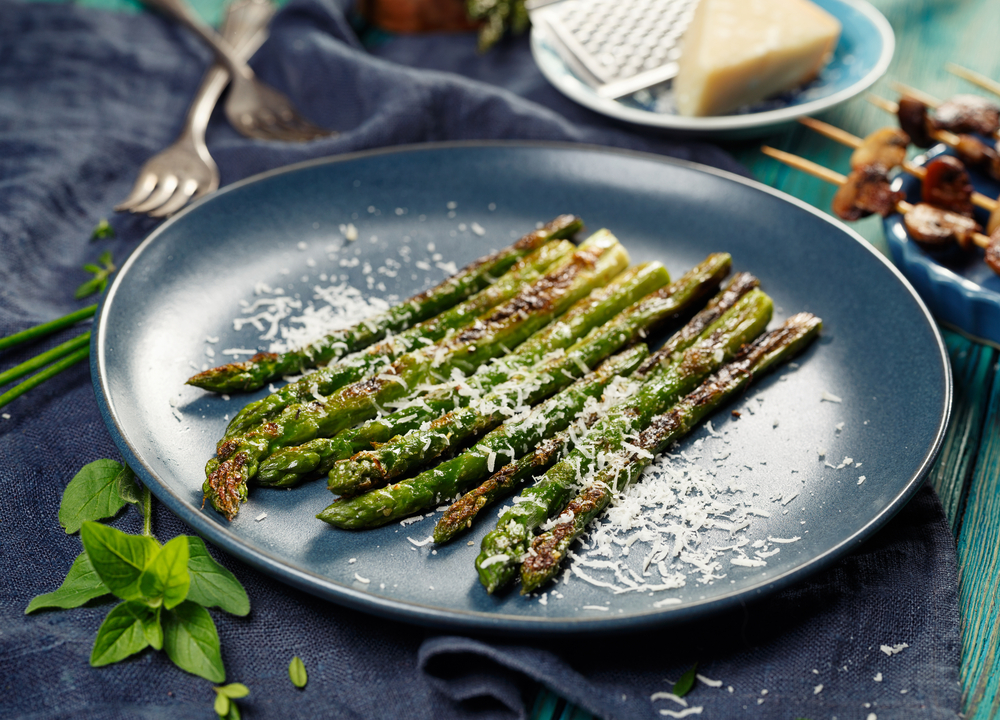
The good news is that you have many options. It can be steamed, boiled, barbecued, roasted, or grilled and asparagus works with a wealth of other foods.
Asparagus can be simply roasted with a little olive oil and sprinkled with shaved Parmesan as a perfect vegetable dish, or it’s often served as a delicious starter in restaurants with a little hollandaise sauce on the side.
Enjoy this vegetable while it’s in season now and at its best.
FOR MORE GREAT NUTRITION AND LIFESTYLE ADVICE:
Sign up to receive our blog and get a weekly dose of the latest nutrition, health and wellness advice direct to your inbox.
For everything you need to know about vitamins, minerals and herbs visit our sister site Vitamin Expert – your essential guide to nutrition and natural health.
Follow us on Instagram @feelaliveuk for nutrition, lifestyle and well-being tips.
Visit us at www.feelaliveuk.com for the latest offers and exclusive Alive! content.
Follow and Chat with Suzie on Twitter @nutritionsuzie
All images: Shutterstock








